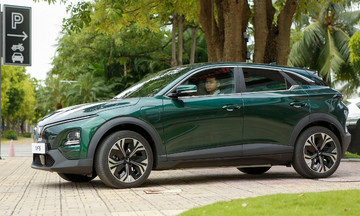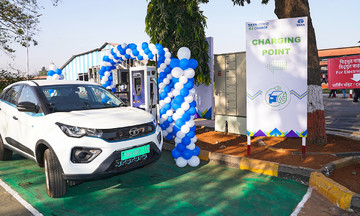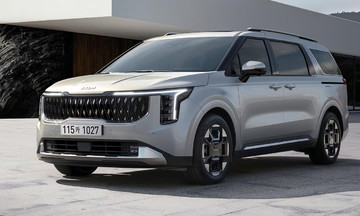Some companies, valuing their employees' lives, prohibit driving after 8 p.m. While night driving offers cooler temperatures and less traffic, several factors increase the risk of accidents.
First, drivers' visibility is significantly reduced at night, making it harder to react to unexpected situations.
Second, emptier roads at night can lead to overconfidence and speeding, especially at intersections.
Third, night is naturally the time for sleep. Driving at night contradicts our biological clock, reducing alertness and increasing the likelihood of drowsiness. The sleeping passengers and quiet atmosphere further contribute to driver fatigue.
Fourth, adverse weather conditions, such as rain, pose a greater risk of skidding and loss of control at night.
Fifth, oncoming headlights, whether accidental or deliberate, can temporarily blind drivers, increasing the chance of accidents.
In conclusion, while not legally prohibited, overnight sleeper bus services should be discontinued for the safety of passengers.
Hai Anh











